ACEWM’S PHD CANDIDATE GEMECHU LEMESSA GUSU SUCCESSFULLY DEFENDED HIS DISSERTATION
On March 20, 2025, Gemechu Lemessa Gusu, a PhD candidate at the African Center of Excellence for Water Management (ACEWM), has successfully defended his dissertation, entitled “Development of magnetic nanocomposite adsorbent from bagasse and diatomite for adsorptive removal of Cd(II) and Cr(VI) from wastewater”.
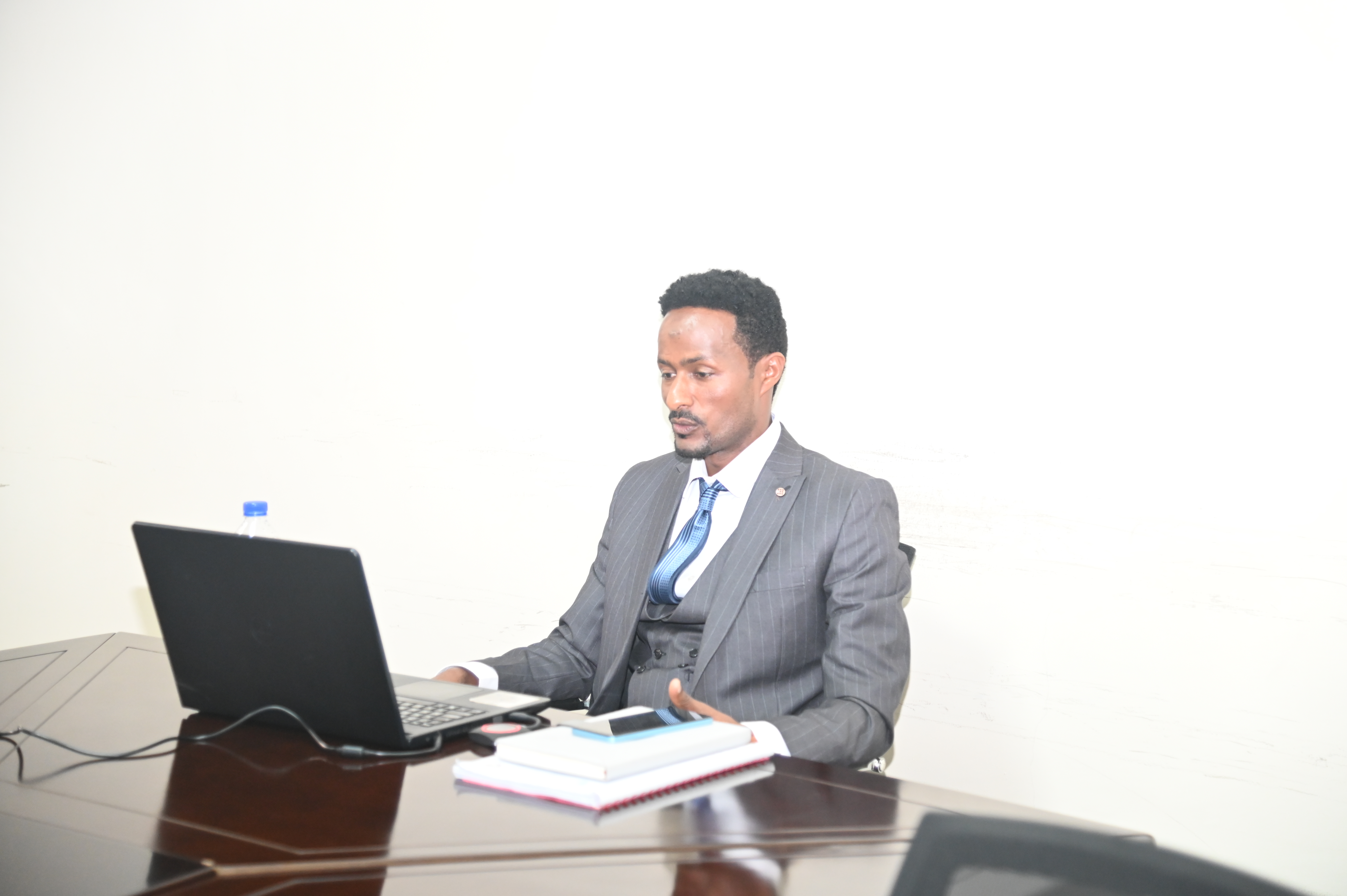
During his defense, Gemechu emphasized the growing threat of global water pollution, particularly the toxic and persistent nature of heavy metals such as Cadmium (Cd II) and Chromium (Cr VI) in industrial wastewater. “Conventional treatment methods are often too costly, energy-intensive, and impractical for resource-limited settings,” Gemechu stated. “My research focuses on developing a sustainable and affordable alternative.”
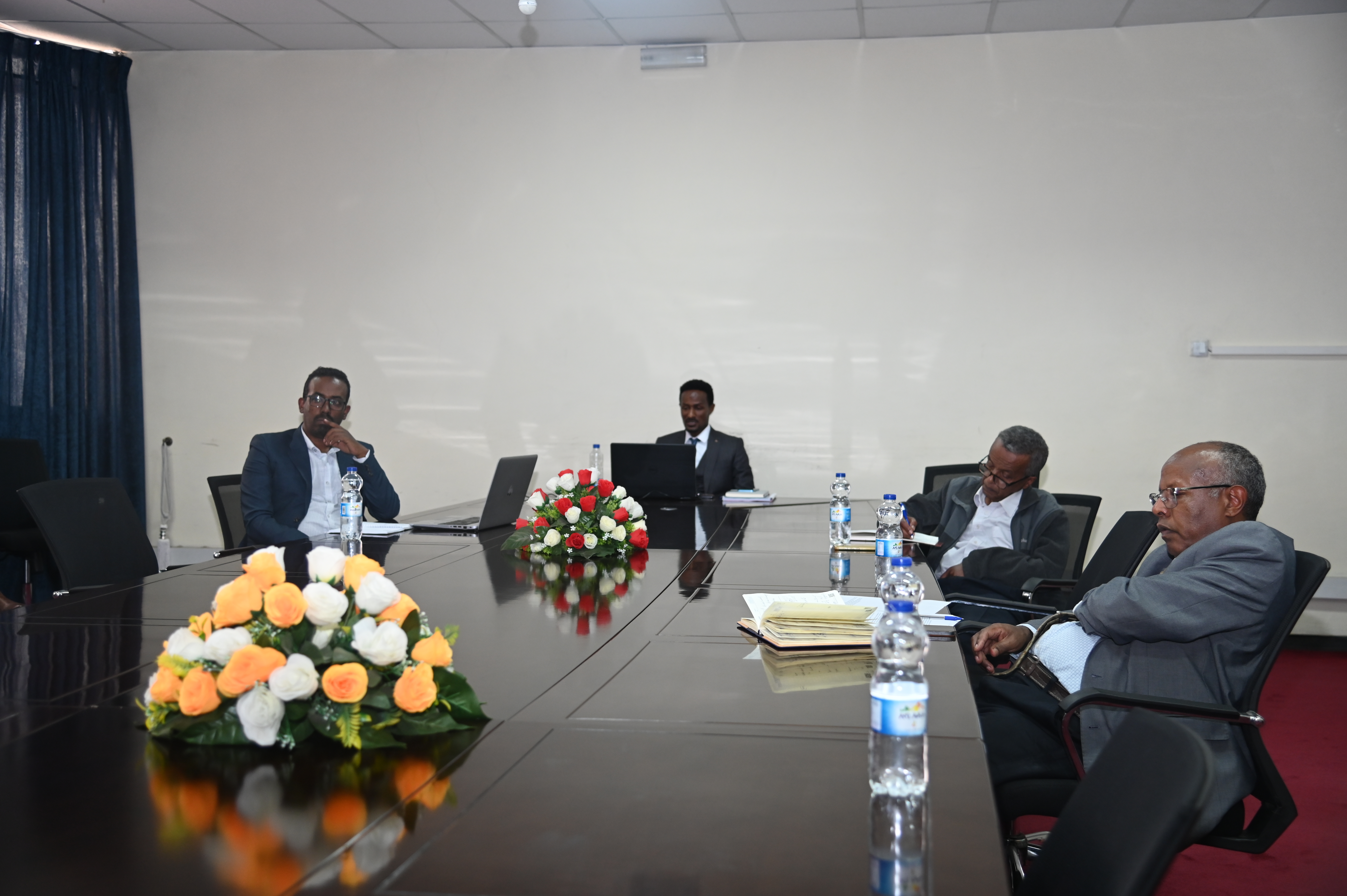
According to Gemechu’s study, the newly developed magnetic diatomite/carboxymethyl cellulose (MDM-CMC) nanocomposite is synthesized using diatomite and bagasse-derived carboxymethyl cellulose (CMC)—both abundant and eco-friendly materials. “By utilizing agricultural waste like bagasse, we not only address water pollution but also promote sustainable waste management,” he explained. The adsorbent was characterized using advanced XRF, FTIR, XRD, SEM, BET, and SQUID magnetometry techniques, ensuring its structural and functional efficiency. Gemechu noted that key parameters such as pH, adsorbent dose, pollutant concentration, and contact time were optimized using Box-Behnken Design of Response Surface Methodology (RSM-BBD). “These optimizations allowed us to achieve maximum adsorption efficiency,” he added.
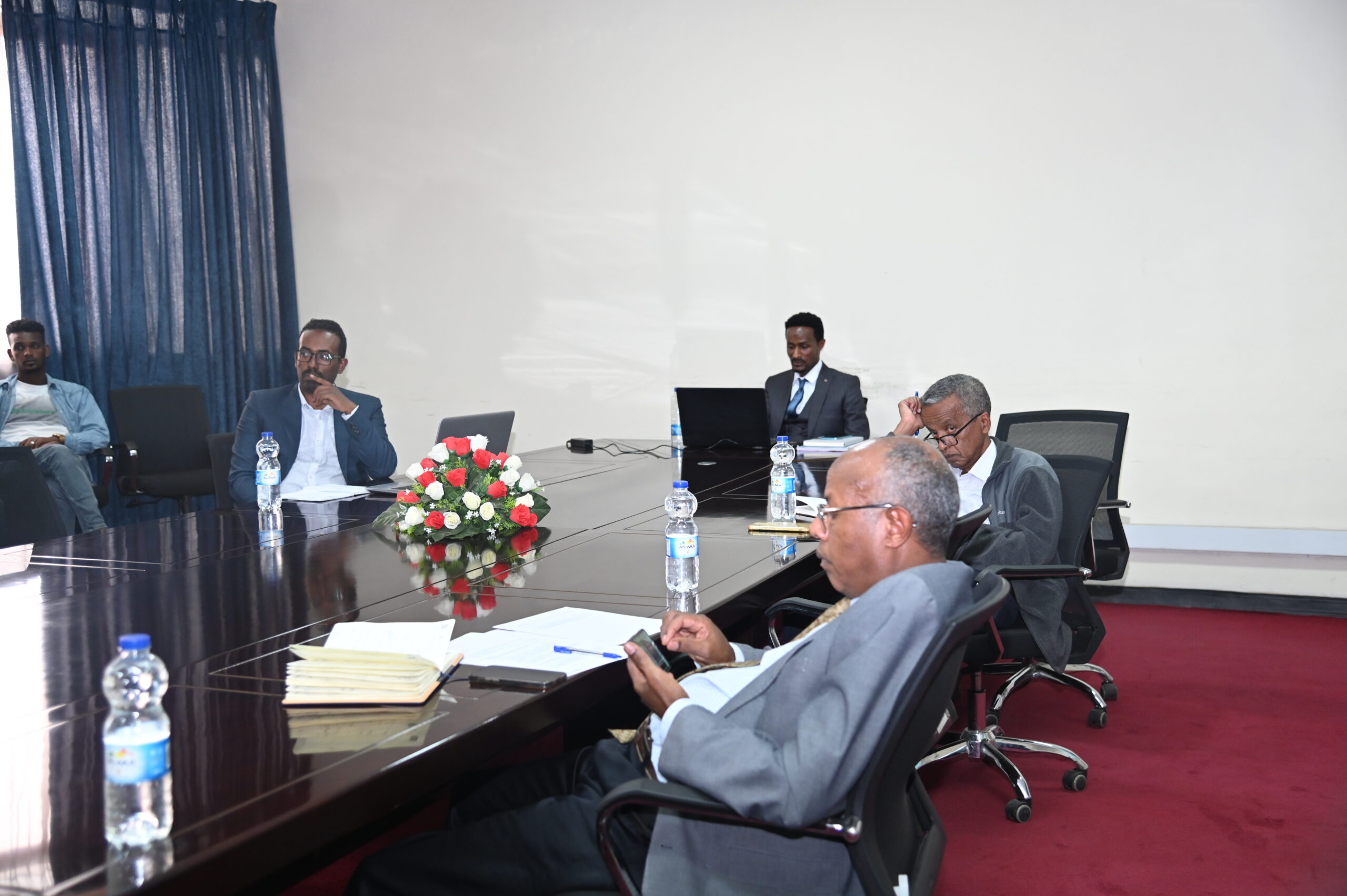
Gemechu reported that the MDM-CMC adsorbent demonstrated high adsorption capacities of 86.12 mg/g for Cd(II) and 55.56 mg/g for Cr(VI). He highlighted that its selectivity for Cd(II) was particularly impressive, achieving removal efficiencies between 83% and 97% even in the presence of interfering ions like Na⁺, Ca²⁺, and Mg²⁺—with Mg²⁺ causing the most inhibition.
One of the study’s most promising findings was the material’s high tolerance for complex industrial wastewater matrices, achieving 89.73% Cr (VI) removal from tannery effluents. “This indicates that MDM-CMC can be directly applied to industrial wastewater treatment,” Gemechu explained.
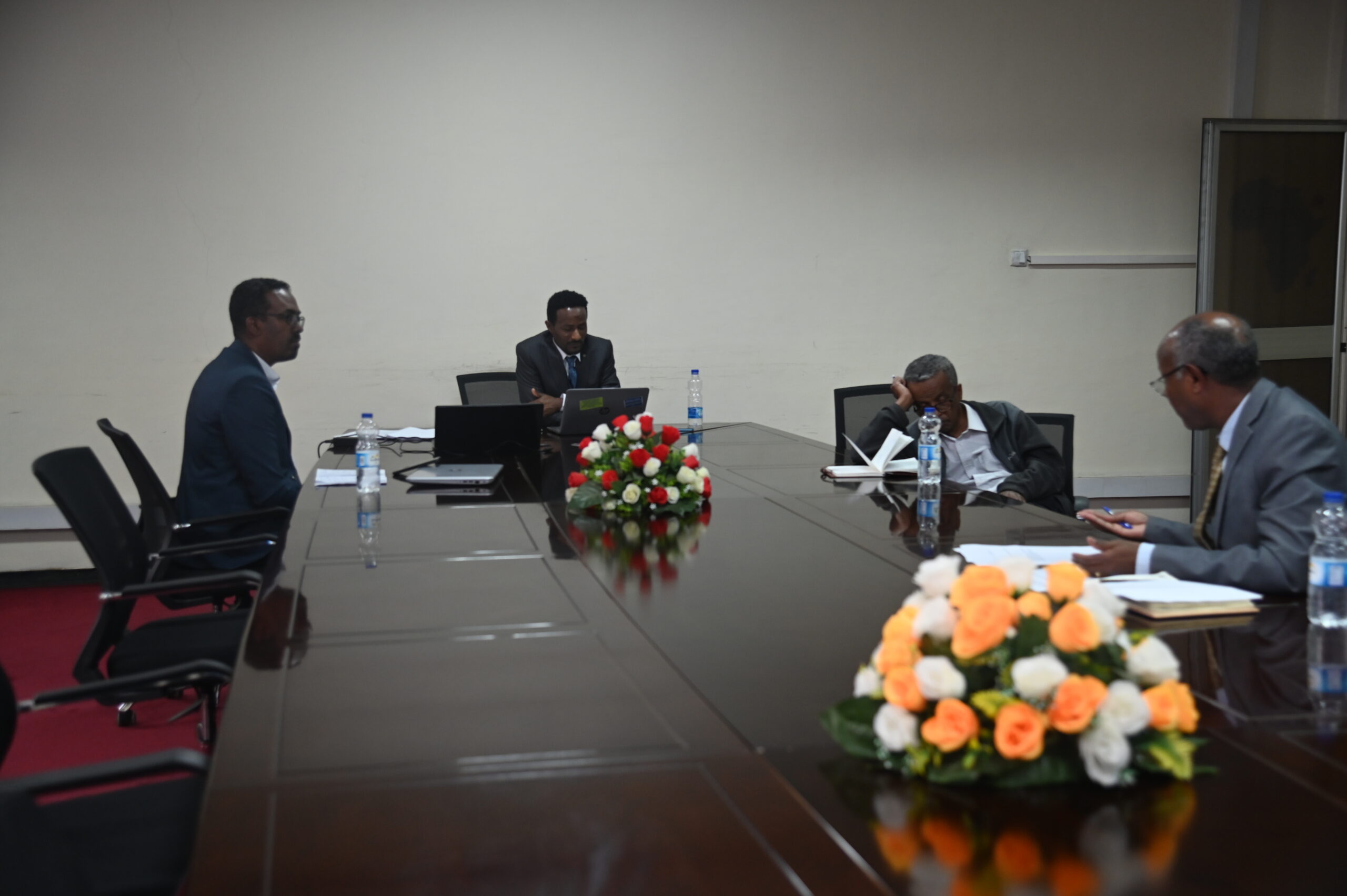
Additionally, Gemechu pointed out the material’s reusability and easy magnetic separation properties, stating that it retained over 74% efficiency. “This makes it not only effective but also economically viable for long-term applications,” he noted.
Gemechu’s dissertation was supervised by Prof. Dr.-Ing Esayas Alemayehu (Jimma University), with Prof. Yonas Chebude (Addis Ababa University) as co-supervisor. His dissertation defense was chaired by Dr. Beteley Tekola (Addis Ababa University), with Prof. Feleke Zewge (AAU) and Prof. Nigus Gabbiye (Bahir Dar University) serving as internal and external examiners.
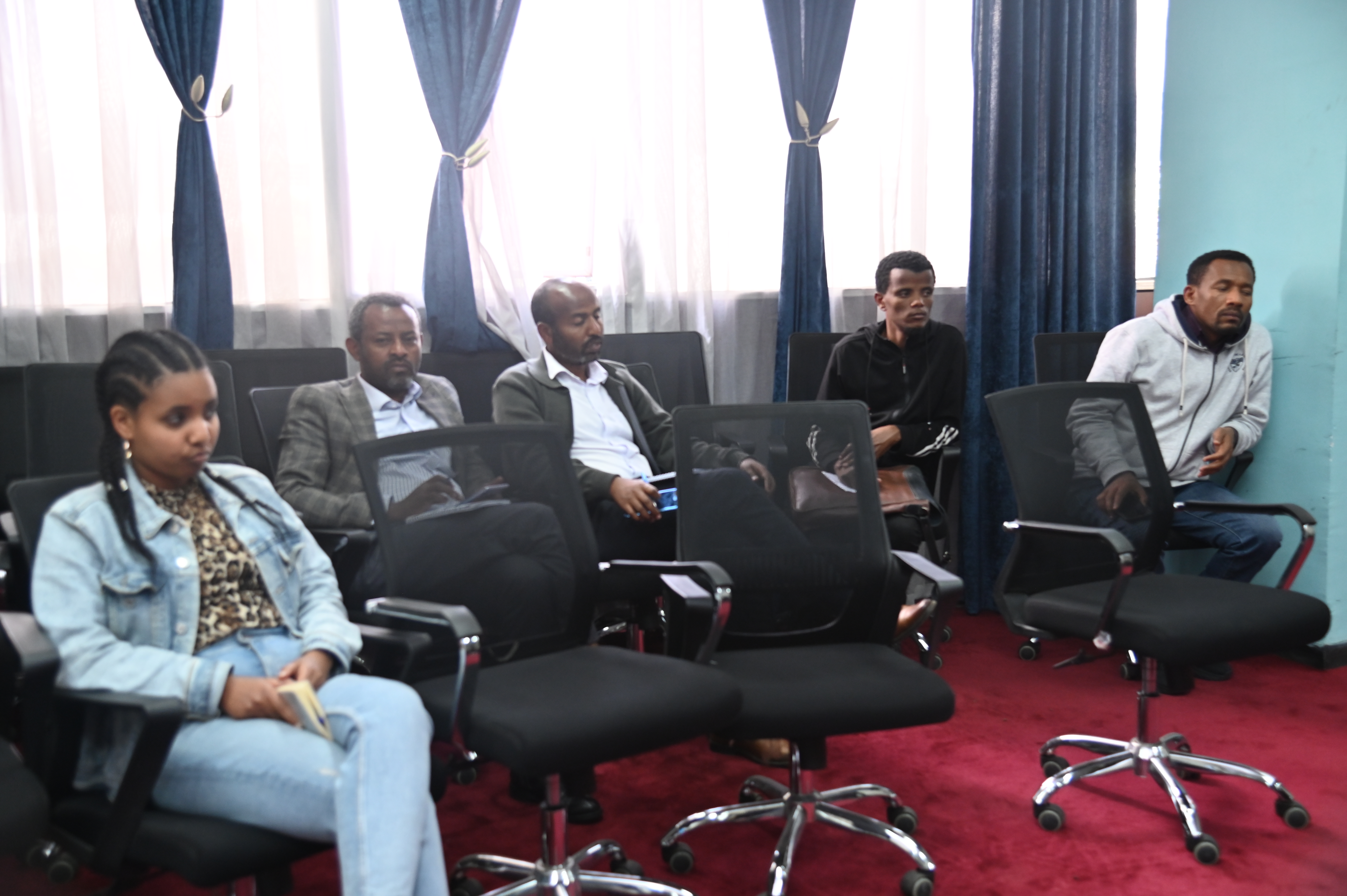
The ACEWM community extends its congratulations to Dr. Gemechu on this remarkable accomplishment and looks forward to his future contributions to the field of water science and management

